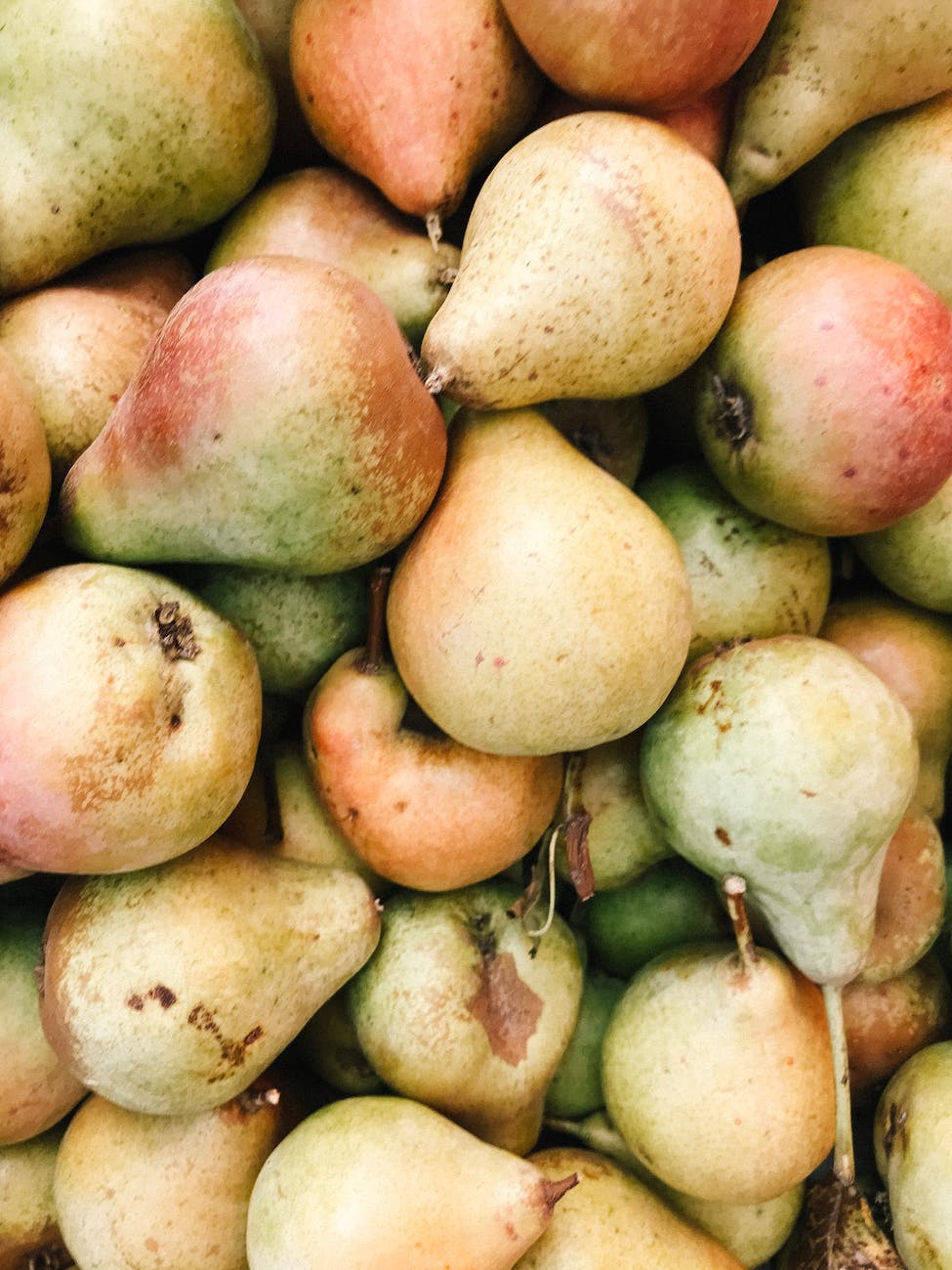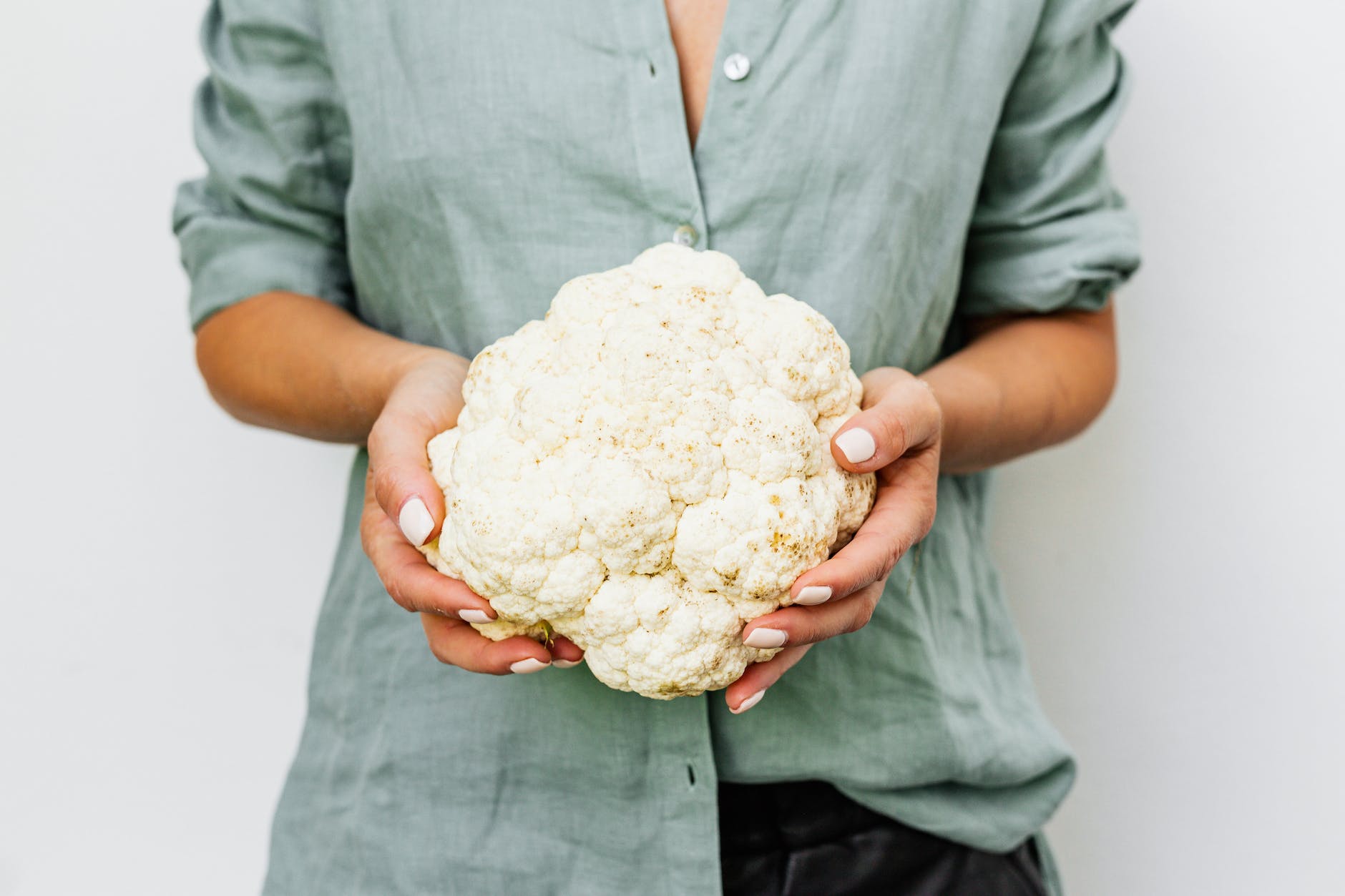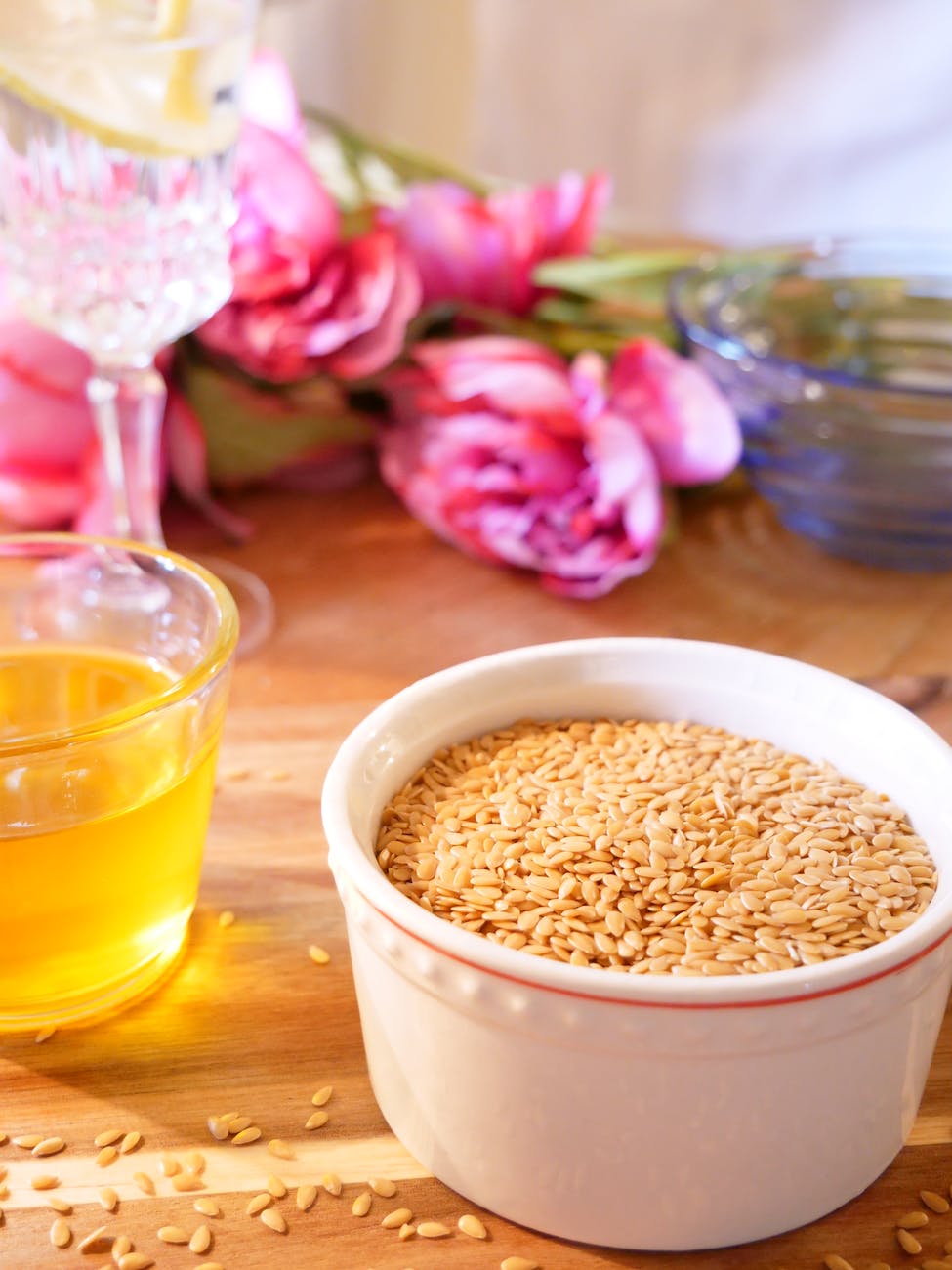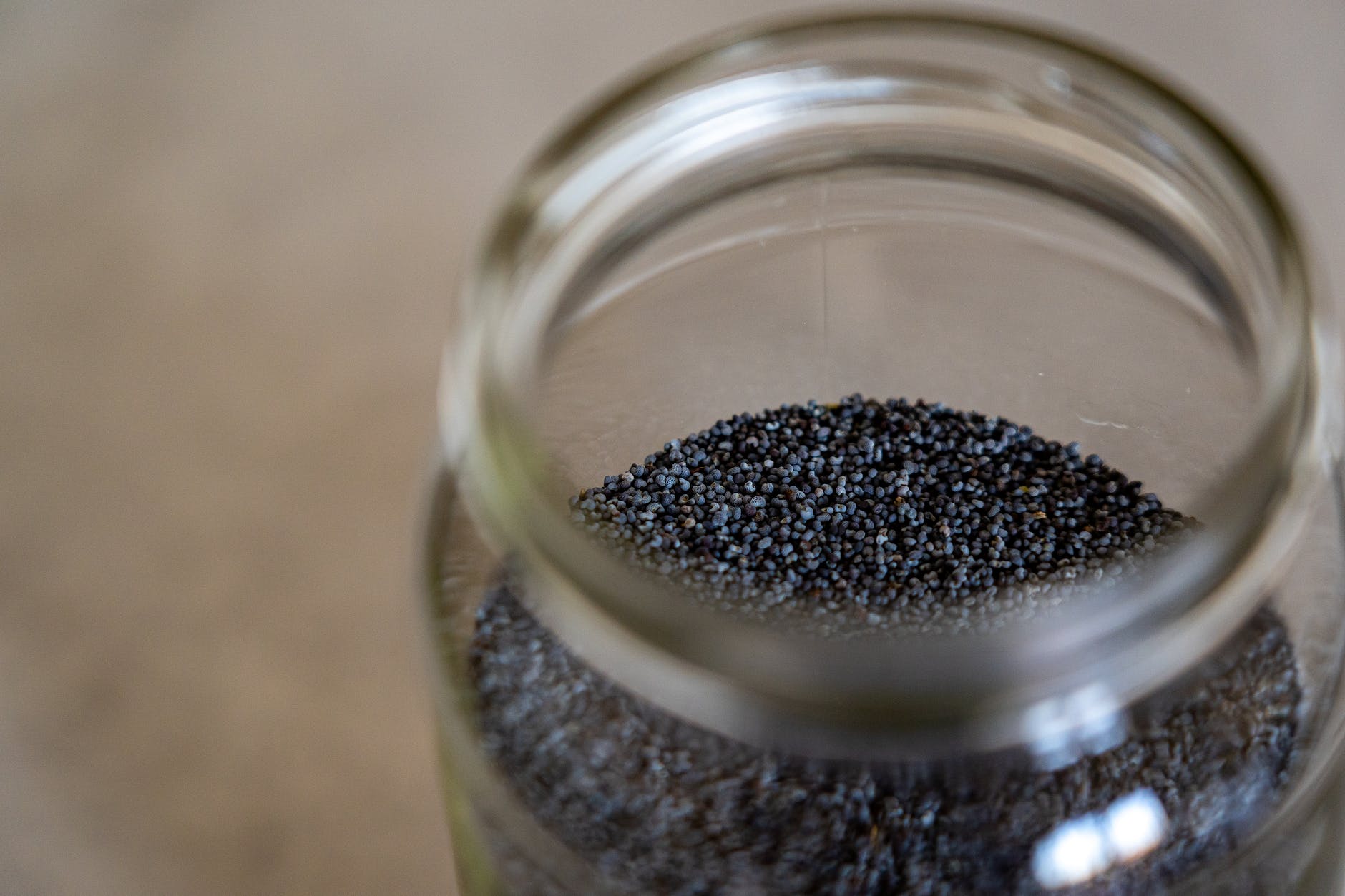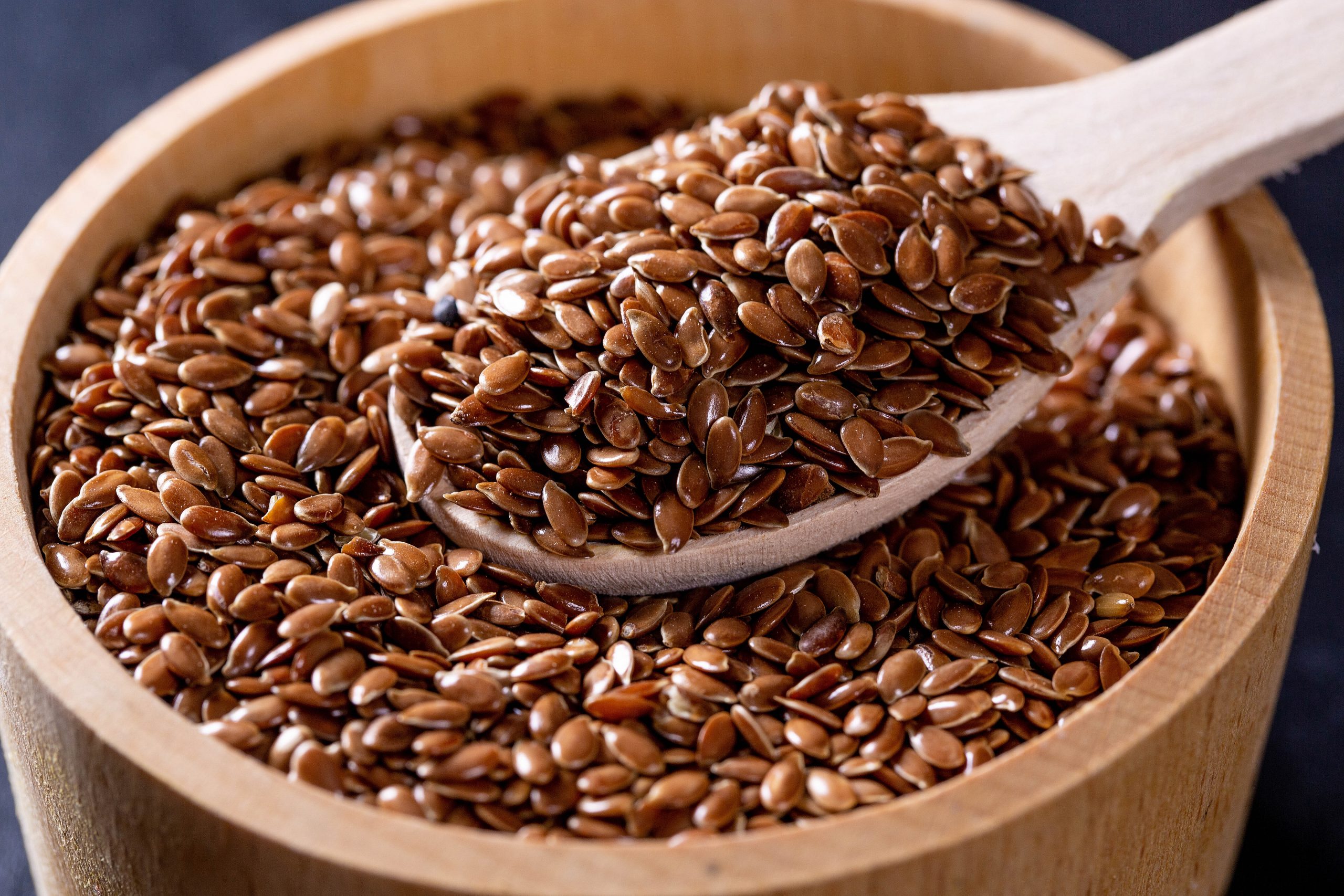
Introduction:
Welcome to a deep dive into the world of flax seeds! Often touted as a superfood, these tiny seeds pack a punch in terms of nutrition and health benefits, particularly for women. But, as with any natural remedy, it’s crucial to understand both their virtues and their potential drawbacks. Join us as we explore everything from the heart-healthy properties of flax seeds to the nuances of their hormonal impacts.
What Makes Flax Seeds Special?
Flax seeds, small in size but vast in nutritional value, are derived from the flax plant (Linum usitatissimum). They are prized for their rich content of omega-3 fatty acids, dietary fiber, and lignans. These components offer a range of health benefits, from reducing inflammation to promoting digestive health.
Flax Seeds and Female Health: The Benefits Unfolded
- Nutritional Content: Flax seeds are a rich source of nutrients like protein, fiber, and especially omega-3 fatty acids, which are crucial for maintaining overall health.
- Menstrual Health and Fertility: Regular consumption of flax seeds can help in regulating menstrual cycles and maintaining hormonal balance, which is beneficial for fertility. They have also shown promise in the management of PCOS, a common hormonal disorder among women.
- Heart Health: The alpha-linolenic acid in flax seeds is a heart-healthy omega-3 fatty acid. Regular intake can contribute to lowering blood pressure and reducing the risk of heart diseases, which are significant concerns for women, especially post-menopause.
- Breast Health: Some studies suggest that flax seeds might help in reducing the risk of breast cancer, thanks to their high content of lignans, which have estrogenic properties.
- Weight Management: The high fiber content in flax seeds aids in weight control. Fiber promotes a feeling of fullness, reducing overeating and aiding in weight loss or maintenance efforts.
- Skin and Hair: Rich in essential fatty acids, flax seeds can improve skin hydration and smoothness, and potentially aid in hair growth and strength.
Potential Side Effects: A Cautionary Tale
While flax seeds are beneficial, they are not without potential side effects, particularly when consumed in large quantities:
- Digestive Issues: Overconsumption can lead to digestive discomfort, including bloating and constipation, due to their high fiber content.
- Hormonal Sensitivity: The phytoestrogens in flax seeds can mimic the hormone estrogen, potentially causing hormonal imbalance in sensitive individuals or those with conditions like endometriosis or breast cancer.
- Allergic Reactions: Although rare, some individuals may experience allergic reactions to flax seeds.
- Interactions with Medications: Flax seeds can interact with certain medications, including blood thinners, due to their ability to slow blood clotting.
Incorporating Flax Seeds into Your Diet: Tips and Tricks
Adding flax seeds to your diet can be both easy and delicious. Here are some ideas:
- Breakfast Boost: Sprinkle ground flax seeds on yogurt, cereal, or oatmeal.
- Baking Substitute: Use flaxseed meal as a partial replacement for flour in recipes like bread, muffins, and pancakes.
- Smoothie Add-In: Blend flax seeds into smoothies for an extra nutrient kick.
- Salad Topping: Add a crunchy texture to your salads with a sprinkle of flax seeds.
Conclusion:
Flax seeds are a versatile and nutrient-rich food with numerous health benefits for women. While they are generally safe and beneficial, it’s important to consume them in moderation and be aware of their interaction with certain health conditions and medications. Always consult with a healthcare provider before making significant dietary changes, especially if you have existing health issues or concerns.
Call to Action:
If you found this information helpful, share this post with your friends and subscribe for more insightful health and nutrition content. Remember, a small change in your diet can lead to big improvements in your health!
FAQs for Flax Seeds and Women’s Health Blog Post
1. How do flax seeds benefit menstrual health in women?
- Flax seeds can help regularize menstrual cycles and maintain hormonal balance. They’re particularly beneficial for women experiencing irregular periods or conditions like PCOS, as they aid in stabilizing the menstrual cycle and enhancing fertility.
2. Can flax seeds aid in weight loss for women?
- Yes, the high fiber content in flax seeds promotes a feeling of fullness, which can help in controlling appetite and potentially aid in weight loss. They are a great addition to a balanced diet for weight management.
3. Are there any heart health benefits of flax seeds for women?
- Flax seeds are rich in alpha-linolenic acid, an omega-3 fatty acid, which is beneficial for heart health. Regular consumption can help reduce blood pressure and lower the risk of heart diseases, which is particularly important for women, especially after menopause.
4. How can flax seeds impact hormonal balance in women?
- Flax seeds contain phytoestrogens, which mimic estrogen in the body. While they can be beneficial in regulating hormones, they might also cause imbalances in some women, particularly those with conditions sensitive to hormonal changes.
5. What are some ways to incorporate flax seeds into a daily diet?
- Flax seeds can be added to breakfast cereals, yogurts, smoothies, or baked goods. Ground flax seeds are often easier to digest and can be sprinkled over salads or mixed into dressings.
6. Do flax seeds have any specific benefits for female skin and hair?
- The essential fatty acids in flax seeds can improve skin hydration and smoothness, and they may also support hair growth and strength due to their nutrient-rich profile.
7. Can consuming flax seeds help reduce the risk of breast cancer in women?
- Some studies suggest that the lignans in flax seeds, which have estrogenic properties, might help in reducing the risk of breast cancer. However, more research is needed to fully understand this potential benefit.
8. What are the side effects of overconsumption of flax seeds for women?
- Overconsumption of flax seeds can lead to digestive issues like bloating and constipation. Due to their phytoestrogen content, they might also affect hormonal balance in sensitive individuals.
9. Is it safe for pregnant or breastfeeding women to consume flax seeds?
- Pregnant and breastfeeding women should consult their healthcare provider before adding flax seeds to their diet, as they can have effects on hormones and other aspects of health.
10. How do flax seeds interact with medications?
- Flax seeds can interact with certain medications, such as blood thinners, due to their effect on blood clotting. It’s important to consult with a healthcare provider if you are on medication and considering adding flax seeds to your diet.
Blog Tags:
Flax Seeds, Women’s Health, Menstrual Health, Weight Loss, Heart Health, Hormonal Balance, Skin Care, Hair Care, Breast Cancer, Dietary Fiber, Omega-3 Fatty Acids, PCOS, Phytoestrogens

